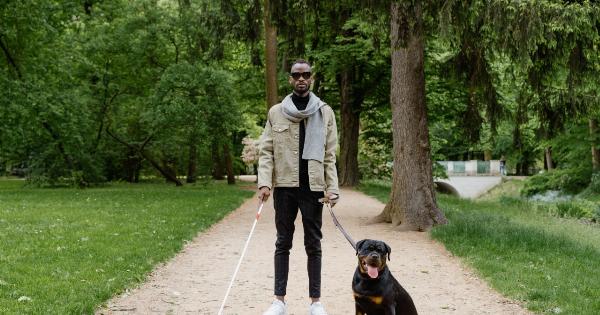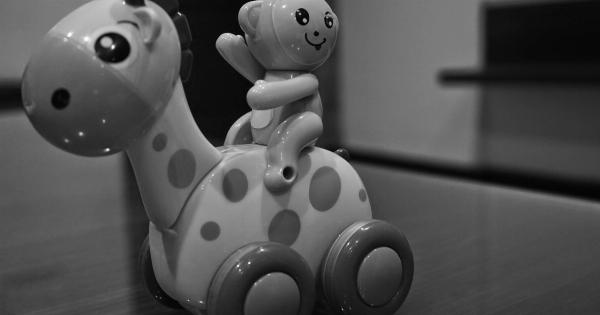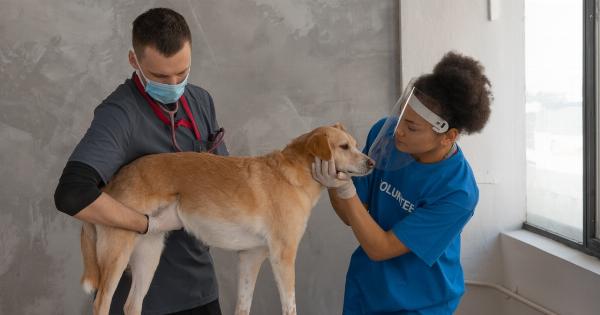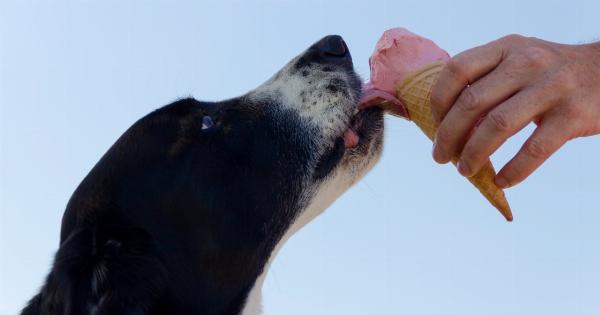As dog owners, it’s natural for us to wonder why our furry friends sleep the way they do. Dogs have their own unique sleeping habits, patterns, and positions, which can provide valuable insights into their overall well-being and mental state.
Understanding dog psychology and their sleeping secrets can help us better care for our pets and foster a deeper bond with them. In this article, we will delve into the fascinating world of dog sleep, exploring why dogs sleep, how they sleep, and what their sleeping habits reveal about their health and happiness.
Why Do Dogs Sleep So Much?
If you’ve ever noticed just how much time your dog spends sleeping, you’re not alone. On average, dogs sleep 12 to 14 hours a day, which is significantly more than the recommended amount of sleep for humans.
This excessive sleepiness can be attributed to a variety of factors, including their ancestry, energy levels, and overall health. Dogs are descendants of wolves, who are known to sleep for extended periods to conserve energy. Additionally, certain breeds are naturally more energetic than others, leading to increased need for rest and recovery.
The Importance of Restful Sleep for Dogs
While the amount of sleep dogs need may seem excessive to us, it plays a crucial role in their overall health and well-being. During sleep, dogs enter different stages, including light sleep, deep sleep, and REM sleep, just like humans.
These stages are essential for their physical and mental rejuvenation. Restful sleep helps dogs maintain a healthy immune system, aids in memory consolidation, and promotes emotional stability. Lack of quality sleep can lead to behavioral issues, decreased cognitive function, and even compromised immunity.
Dog Sleep Patterns and Positions
Have you ever taken a closer look at the way your dog sleeps? The sleeping positions dogs assume can reveal a lot about their comfort level, trust, and overall mood. Some common dog sleep positions include:.
1. The Cuddle Bug
When dogs sleep curled up in a ball, with their tail covering their face, it is often a sign that they feel safe and secure.
This position helps to conserve body heat and is commonly observed in smaller dog breeds or those with a less dominant personality.
2. The Side Sleeper
Dogs that sleep on their side are usually comfortable and relaxed. This position allows them to cool down as their belly is exposed, and it is often observed in confident and content dogs.
3. The Belly Flopper
Some dogs prefer to sleep with their entire belly pressed against the ground, often with their limbs splayed out. This position indicates a high level of comfort and trust in their environment.
Dogs that sleep in this position are usually confident and adaptable.
4. The Superhero
Ever seen your dog sleep stretched out on their tummy with all four legs sticking out? This position, known as the “Superman” or the “Sploot,” is not only adorable but also quite comfortable for many dogs.
It allows them to cool down and provides quick access to a standing position if needed.
5. The Spooner
Dogs that sleep with their back against yours or another dog’s back are exhibiting a strong bond and a desire for closeness. This position is often observed in dogs that have a deep attachment to their owners or canine companions.
The Importance of Dreams for Dogs
Just like humans, dogs also have dreams while they sleep. The rapid eye movement (REM) stage of sleep, where dreams occur, can be witnessed through slight twitching, paw movements, or even soft barks.
It’s believed that dogs use their dreams to process emotions, store memories, and practice important behaviors such as hunting or playing. Observing your dog’s dream patterns can provide insights into their inner world, fears, and desires.
Common Sleep Disorders in Dogs
While dogs are generally great sleepers, they are also prone to certain sleep disorders. Sleep disorders in dogs can be caused by various factors, including underlying medical conditions, anxiety, or environmental disturbances.
Some common sleep disorders include:.
1. Insomnia
Dogs with insomnia struggle to fall asleep or stay asleep throughout the night. This can be caused by pain, discomfort, anxiety, or certain medications.
If your dog consistently exhibits signs of sleeplessness, it’s important to consult with a veterinarian to identify and address the underlying cause.
2. Sleep Apnea
Sleep apnea is characterized by pauses in breathing during sleep. Dogs with this disorder may make choking or gasping sounds while asleep.
Breeds with short snouts, such as bulldogs or pugs, are at a higher risk of developing sleep apnea due to their anatomical structure. If you suspect your dog may have sleep apnea, a visit to the vet is crucial to ensure their airway is not compromised.
3. Restless Leg Syndrome
Restless Leg Syndrome (RLS) is a condition where dogs experience discomfort or an irresistible urge to move their legs while resting or sleeping. This disorder can result from neurological issues or underlying pain.
If your dog seems restless during sleep, constantly moving their limbs, it’s essential to consult with a veterinarian for proper diagnosis and treatment options.
Tips for Creating a Sleep-Friendly Environment
To help your dog get the best sleep possible, consider implementing the following tips:.
1. Provide a Cozy Bed
Invest in a comfortable, supportive bed that suits your dog’s size and sleeping preferences. Orthopedic beds can be particularly beneficial for older dogs or those with joint issues.
2. Create a Calm Atmosphere
Avoid exposing your dog to loud noises, bright lights, or other disturbances during their designated sleep time. Create a peaceful environment that allows them to relax and unwind.
3. Follow a Routine
Establishing a consistent sleep routine can help regulate your dog’s internal clock and promote better sleep. Aim for regular feeding times, exercise sessions, and bedtime rituals.
4. Encourage Mental Stimulation
Keep your dog mentally engaged during the day to tire them out and help them sleep better at night. Provide puzzle toys, interactive games, and training sessions to ensure they use their energy productively.
Conclusion
Understanding the psychology behind your dog’s sleeping secrets unlocks a deeper bond and allows you to provide them with the care they need. Dogs sleep a lot for various reasons and benefit greatly from quality rest.
By observing their sleep patterns, positions, and dreams, you can gain insight into their comfort, emotions, and overall health. Furthermore, being aware of common sleep disorders and creating a sleep-friendly environment for your furry friend ensures they enjoy optimal sleep and wake up refreshed and ready for another day of wagging tails and joyful play.



























